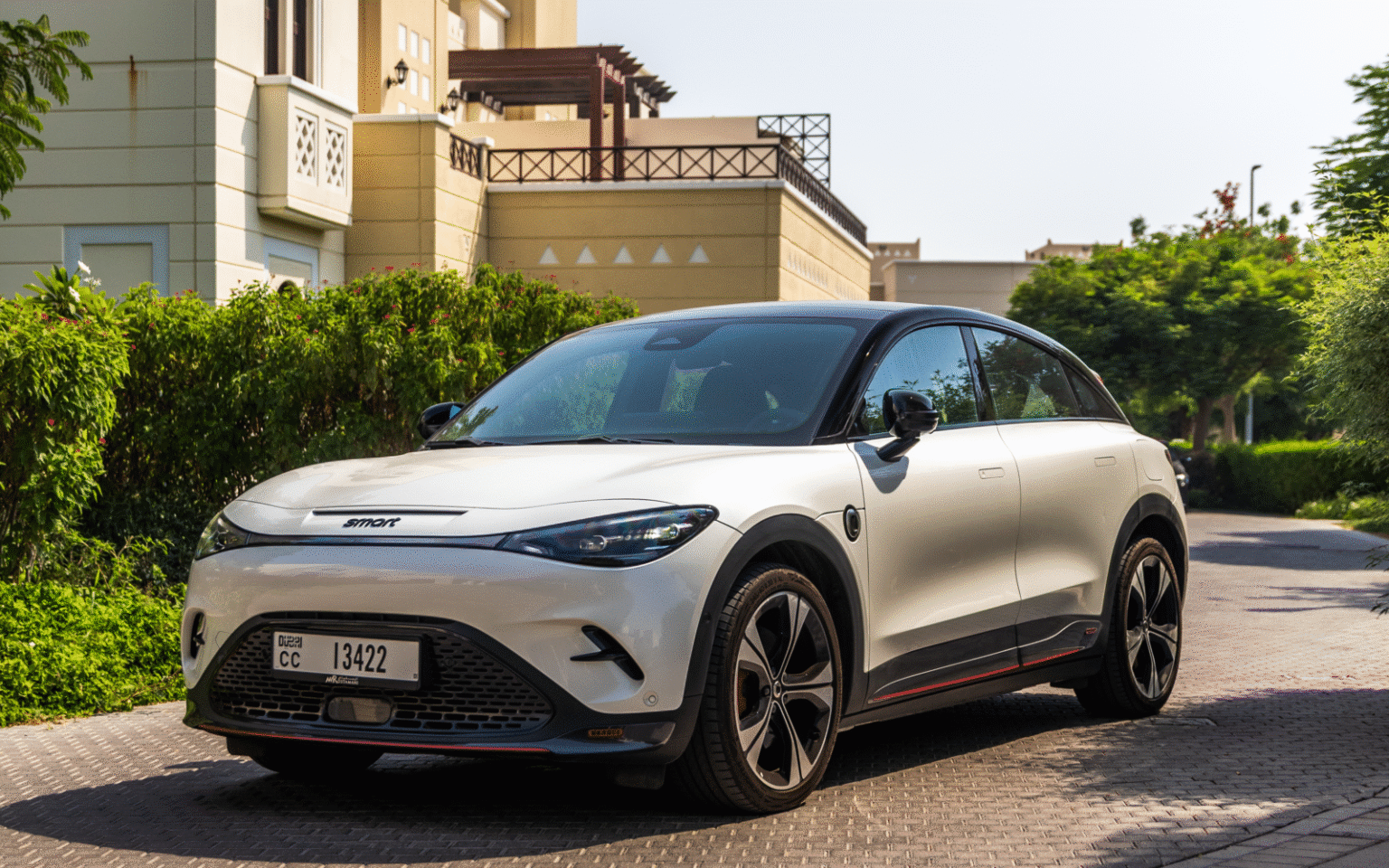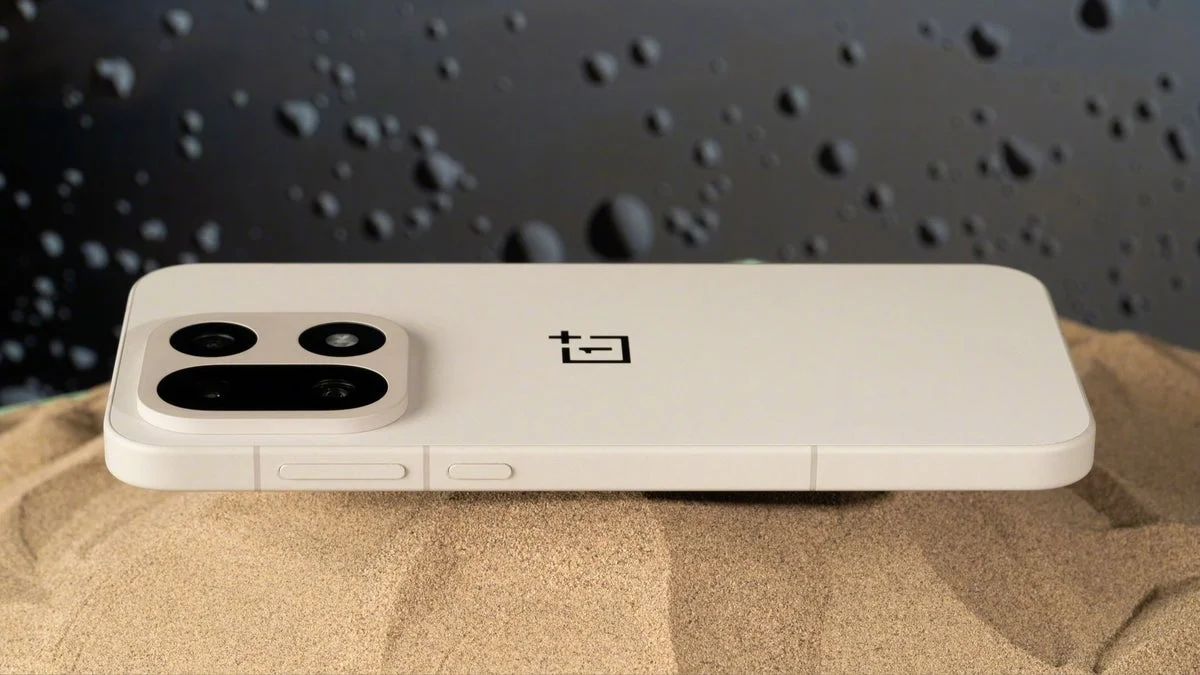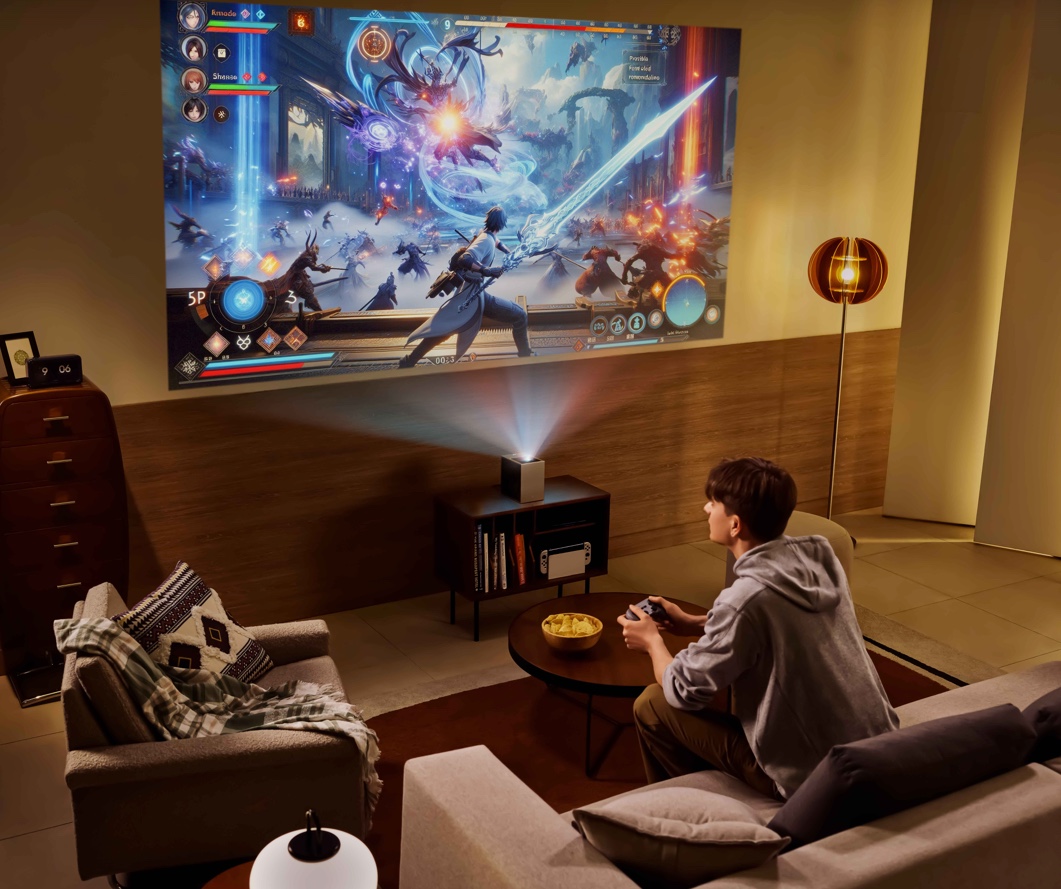When I first heard about the smart #3 Brabus, I thought, isn’t smart that tiny two-seater city car brand? The one that looks like a golf cart and fits in weird corners of parking lots? So when I was handed the keys (well, the fob) to this sleek, muscular, and unmistakably futuristic crossover, I did a double take.
smart #3 Brabus Edition
I’ll admit, I never thought my first electric car experience would be in a Brabus. I mean, Brabus is loud. It’s custom Mercs and big exhausts. So how does that translate to a silent electric Smart car? Turns out, really well. The smart #3 Brabus is not only my first EV drive, but also the first car that’s made me seriously question my loyalty to combustion engines.I didn’t think an EV, let alone one from Smart, would make me feel anything close to exhilaration. But I was wrong. Very wrong.
My daily ride is a 2017 petrol SUV, and I thought it had decent pickup. But the Smart #3 Brabus? It launched. Literally. There’s even a button called Rocket Launch Mode—how could I not press that? The moment I did, it pinned me back in my seat like I was in a roller coaster. 0 to 100 km/h in 3.7 seconds!
The #3 comes across as an unassuming car but there’s so much going for it and here’s what I absolutely loved about the EV.
Design
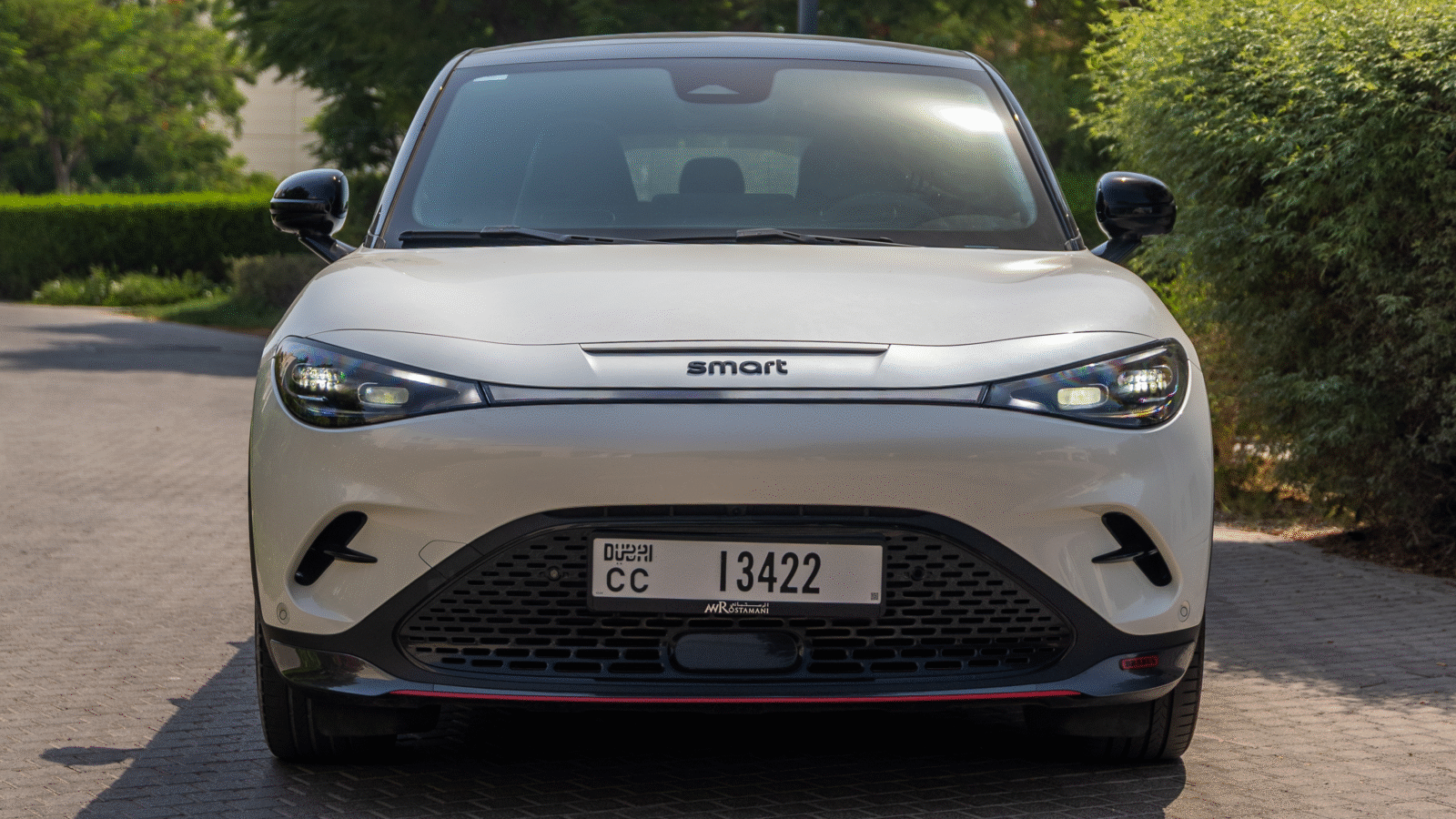
The #3 is a sleek, athletic-looking crossover. The car’s profile immediately gives off sporty coupe-crossover vibes, with a sloping fastback roofline that reminds me of the Mustang Mach-E. The Brabus edition cranks up the aggression, adding specific visual cues that set it apart from the standard #3 trims.
From the outside, it looks like something that belongs next to a Tesla Model Y but with more character. In short, it looks nothing like “Smart” used to.
The front fascia features distinct air intakes and a sharper, more angular bumper design. While most EVs lean minimalist, this one embraces attitude. The headlights are slim and blade-shaped, connected by a full-width LED light bar that gives it a clean, futuristic face especially dramatic at night when it lights up like something from Blade Runner.
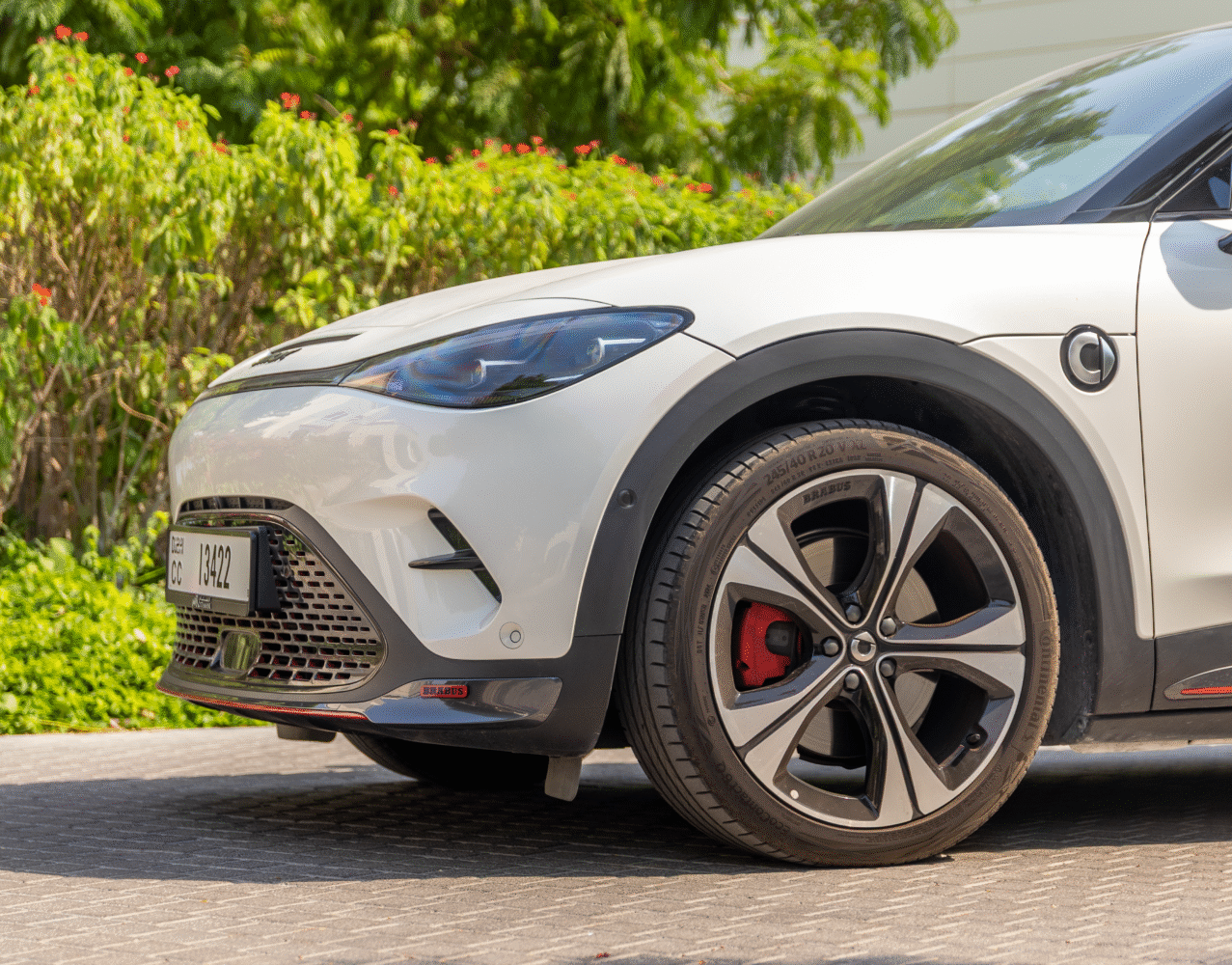
Move around the side and you’ll notice the two-tone paint job, with the Brabus trim offering matte finishes and contrasting roof colors. The trim I had was the Digital White Metallic and Eclipse Black but there are other colours that I liked more. There’s also subtle Brabus badging near the A-pillar and rear that’s understated, but enough to make car people take a second glance.
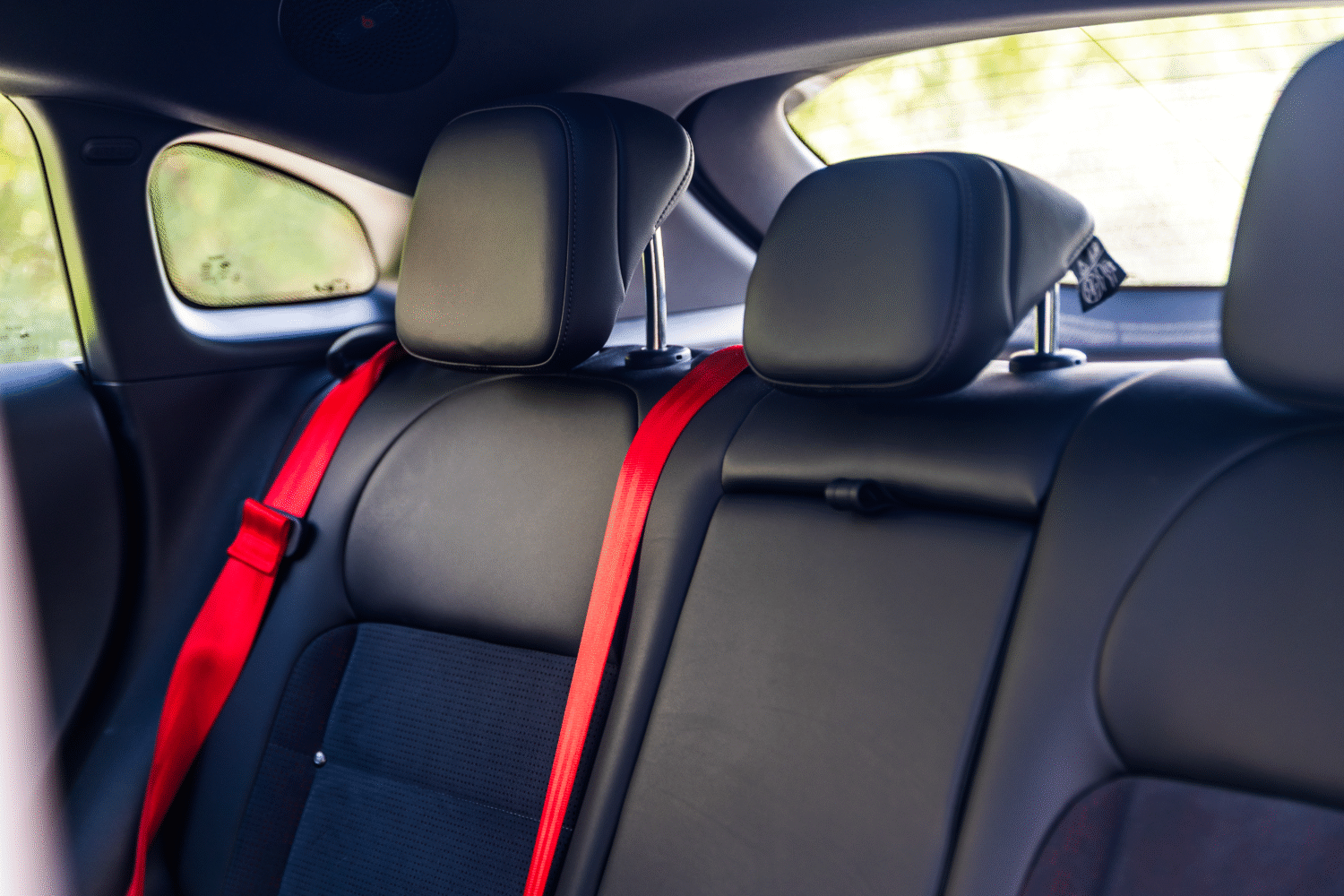
The 20-inch Brabus Monoblock wheels are show-stoppers on their own. They’re sculpted to match the vehicle’s futuristic styling, with red brake calipers peeking out behind them. It rides low for a crossover, enhancing that planted, performance-ready stance. Around the back, you get another full-length LED light bar, a sporty roof spoiler, and a diffuser-style lower bumper, even though it’s all aesthetic, it works.

Inside, the Smart #3 Brabus continues to surprise. It’s closer to what you’d get in a high-spec Mercedes A-Class. The cockpit is driver-focused, with a wraparound dash that flows into the door panels. The materials feel premium: soft-touch surfaces everywhere, Alcantara inserts, contrast red stitching, and Brabus logos embossed into the seats and steering wheel. There’s a subtle use of metallic accents around the air vents and center tunnel that gives it a techy, precision-built feel.
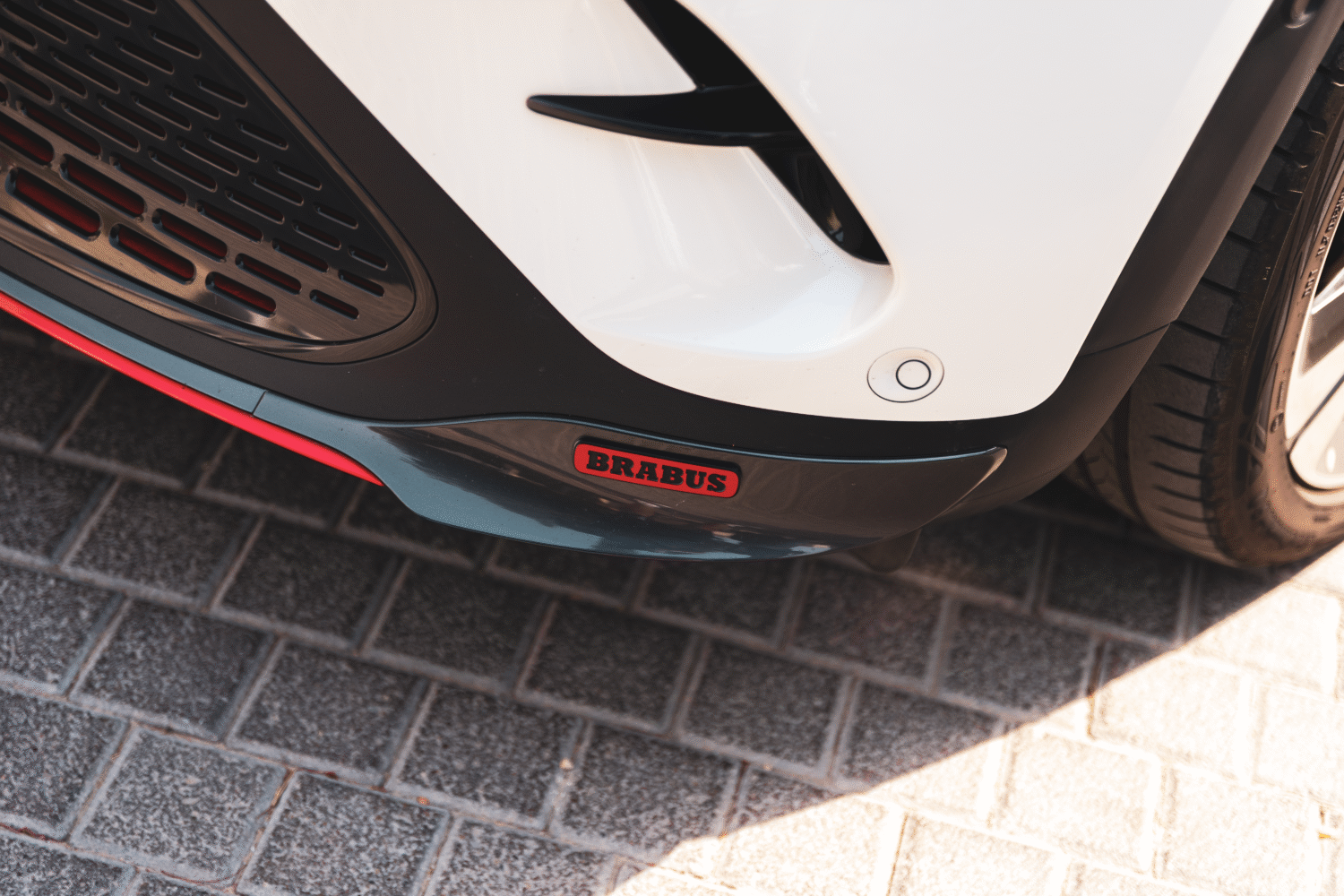
The sports seats are the star of the cabin. They’re deeply bolstered and designed to hold you in place during hard acceleration, but still cushioned enough for long-distance comfort. The red seat belts are a nice touch a reminder that this is a sporty EV.

Ambient lighting runs through the dashboard and doors, and it’s customizable via the infotainment screen. There’s also a huge panoramic sunroof with dimmable glass, which keeps the cabin bright during the day and open-feeling at night despite the sporty roofline.
The floating center console has useful storage underneath. And while the physical controls are minimal almost everything runs through the 12.8-inch touchscreen. The layout is clean and purposeful. It’s a tech-driven interior, but one that still feels warm and welcoming.

Performance
When I first got into the smart #3 Brabus, I realized this car isn’t zippy, it’s absolutely feral. Controlled, yes, but feral. The Brabus variant is equipped with two permanent magnet synchronous motors, one on the front axle and one on the rear, giving it all-wheel drive (AWD) with an output of a jaw-dropping 428 horsepower (315 kW) and 543 Nm of torque.
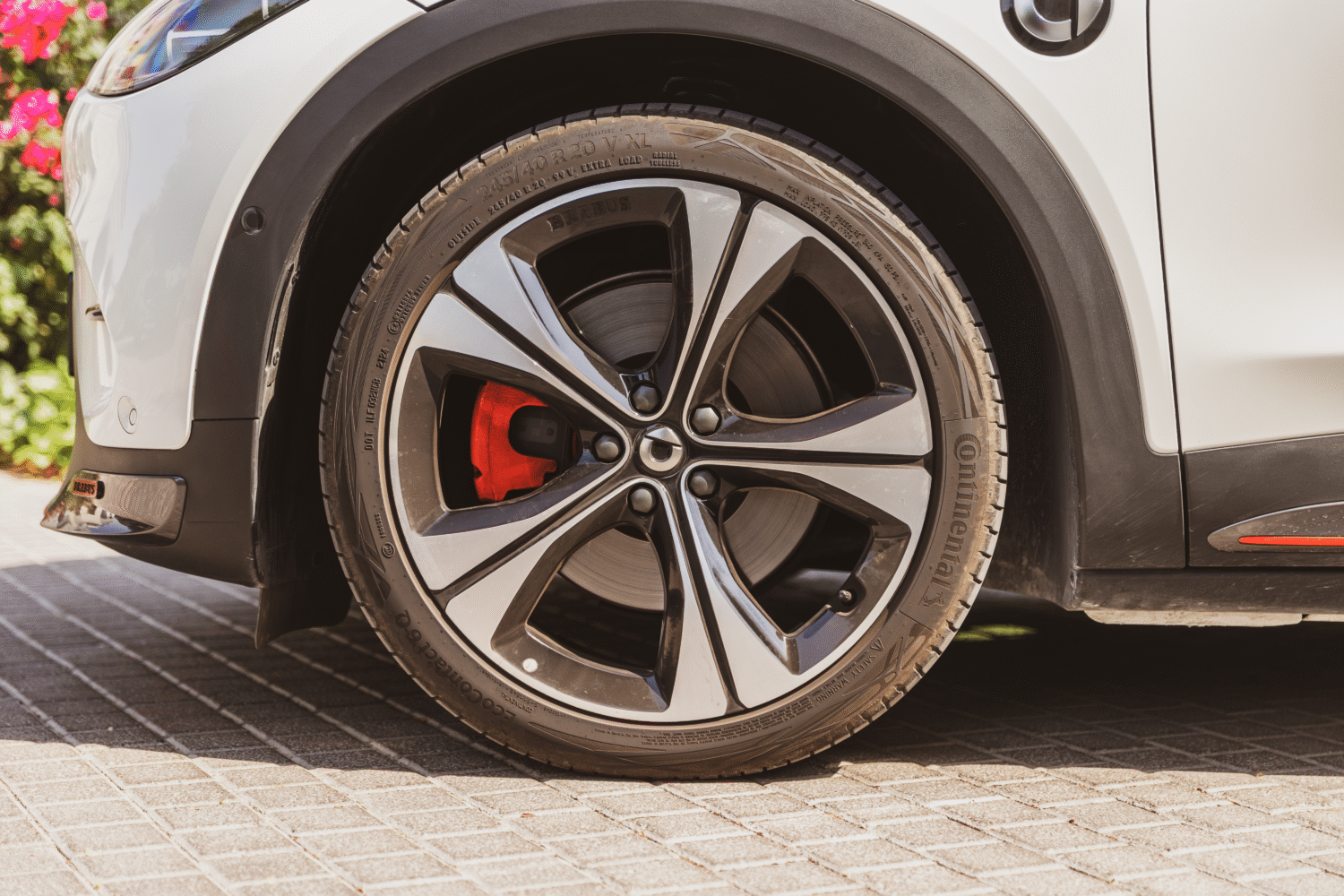
This power translates into a 0–100 km/h time of 3.7 seconds. And it feels every bit as fast, even faster, actually, because of the instant torque that EVs are known for. No turbo lag. No gear shifts. Just a seamless, almost violent surge the moment you tap the pedal. Brabus included a feature called Rocket Launch Mode, and yes, it’s as theatrical as it sounds. When you engage it through the monitor. The system prompts you to press the brake and accelerator simultaneously (launch control style). Once primed, the car engages both motors at full power and launches.
It’s the kind of experience you expect in high-performance ICE sports cars except here, it’s silent and linear, which makes it even more surreal. The lack of gear changes or engine noise means your senses focus purely on G-force. The car shoves you into your seat and doesn’t let up until you ease off.
Performance isn’t just about straight-line speed — and thankfully, Brabus thought of that too. The Smart #3 Brabus uses a MacPherson strut setup up front and a multi-link rear suspension, tuned for a firmer, more planted ride than the standard Smart #3.
While most EVs tend to feel heavy in corners due to battery weight, this one manages to stay flat and agile, thanks in part to its low center of gravity and tight chassis tuning. Brabus-specific dampers and stiffer springs enhance response. In Sport+, it pushes power rearward for a more RWD-like feel. The steering is electric, naturally, but it’s well-tuned. There’s enough weight in Sport and Brabus Mode, and surprisingly decent feedback for an EV crossover.
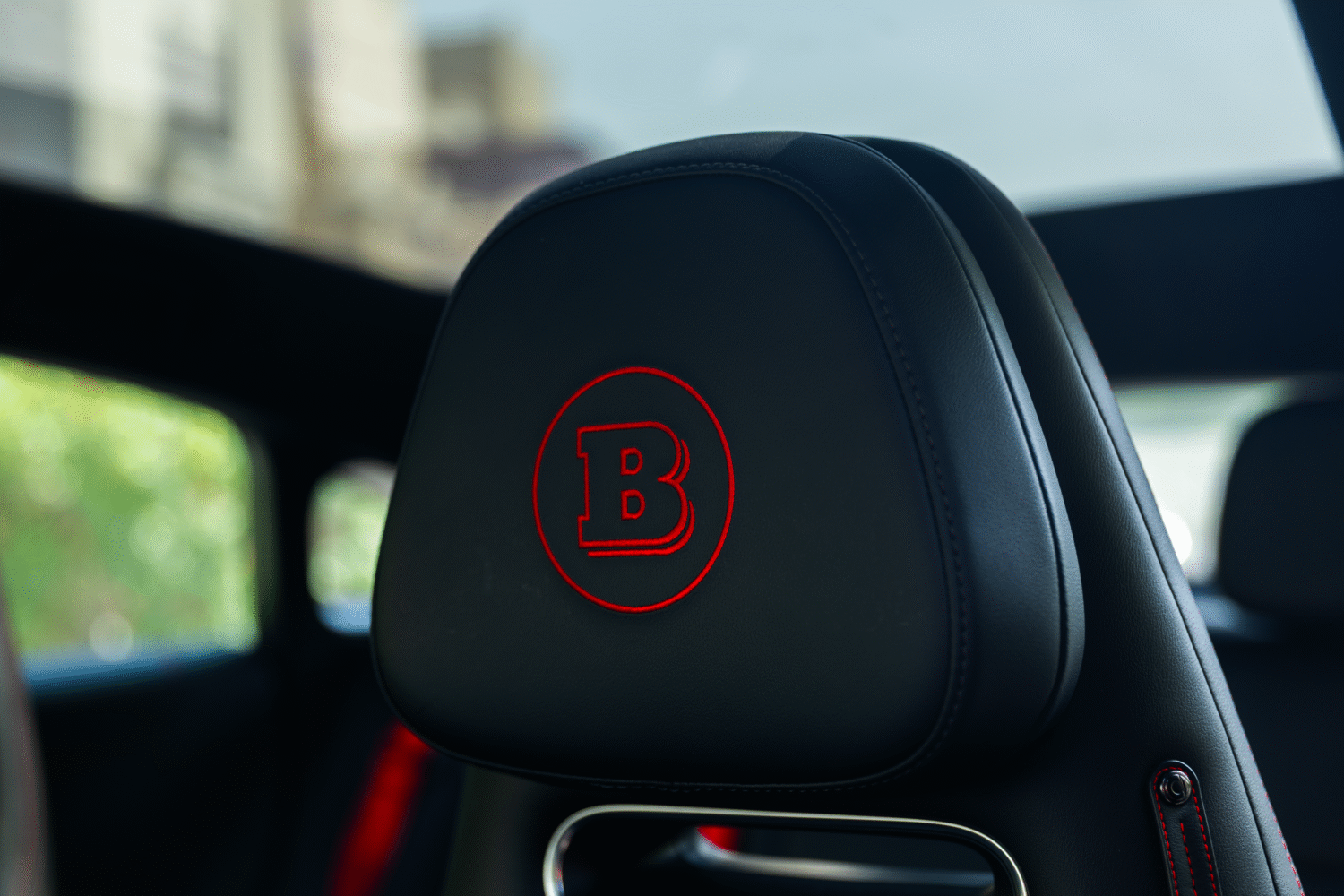
There are four primary driving modes, each offering a different powertrain map and chassis behavior: Eco Mode, where the throttle response is dulled, regenerative braking is aggressive and A/C and climate systems reduce consumption. It’s best for maximizing range. The Comfort Mode is built for daily use which means you sacrifice range with the intent you’re charging the car regularly. Sport Mode increases throttle sensitivity, sharpens steering and tightens the suspension. Finally, exclusive to the Brabus trim, the mode fully gives you launch control, max performance and that insane pickup.
You can also customize regeneration levels (Low, Medium, High), making it suitable for everything from one-pedal city driving to highway coasting. I personally kept it in Medium for the best mix of smoothness and energy recovery.
One performance detail I appreciated was the thermal management system. Many EVs, especially affordable ones, suffer from performance drop-off during spirited driving due to heat buildup in the battery and motors. The Smart #3 Brabus features an active liquid-cooled battery and motor system, allowing it to maintain consistent power even after repeated acceleration bursts.
The Smart #3 Brabus uses ventilated discs front and rear, and the blended braking system (regen + mechanical) feels natural. The pedal feel is firm, and stopping distances are short. In high regen mode, you can almost drive without touching the brake pedal especially in city traffic, where it slows down quickly when you lift off the throttle.
The cabin of the smart #3 Brabus feels like it was built for this moment in a time where car tech meets luxury, but without the cold minimalism some EVs suffer from. Everything inside feels deliberate.
Car features
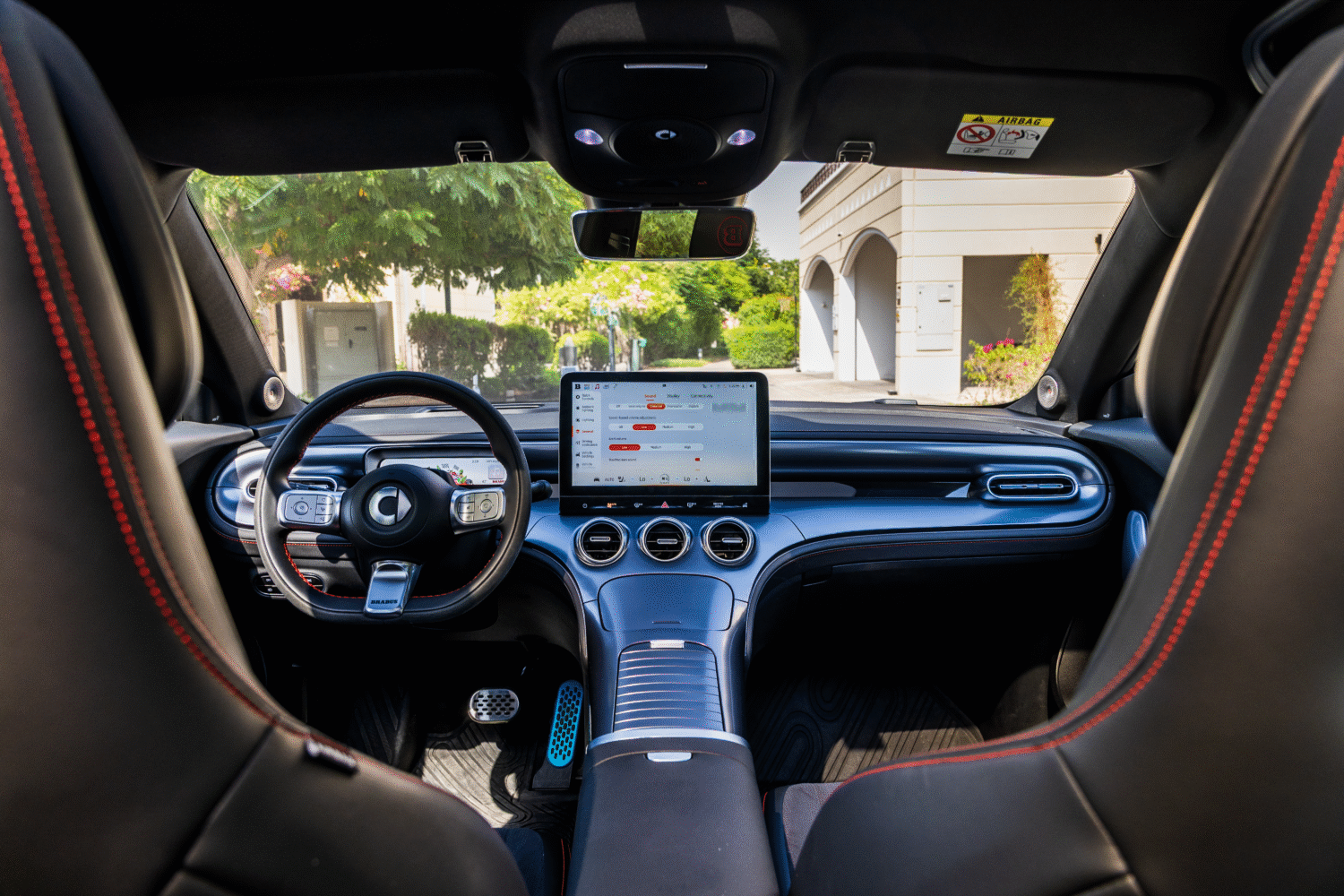
Let me preface this by saying: this car is safe. Very safe. Sometimes, almost too safe. It comes loaded with Adaptive Cruise Control, Lane Keep Assist & Lane Departure Warning, Autonomous Emergency Braking, Blind Spot Monitoring and 360° Cameras with Parking Assist.
Most of it works flawlessly. On long drives adaptive cruise held my speed effortlessly and kept perfect distance. The lane keep was helpful on wider roads, but on narrower ones the car beeped a little too often, even when I was perfectly centered. Thankfully, you can customize or mute these alerts in the settings. Once I adjusted them to suit my preferences, the system blended into the background.
The 360° camera system deserves praise. The clarity is excellent, and the top-down view made tight parking in Dubai Hills Mall a breeze. Parking assist even offered to take over in parallel spots and nailed it with precision.
The 12.8-inch central display is your command center which is fast, colorful, and super responsive. While the lack of physical buttons can be annoying at first, the UI is intuitive enough that I adapted quickly. Swiping between drive modes, changing ambient lighting, adjusting seat positions, it all works seamlessly. The only downside to this is that I had to keep repeating this process as the trim I had never saved my settings or preferences.
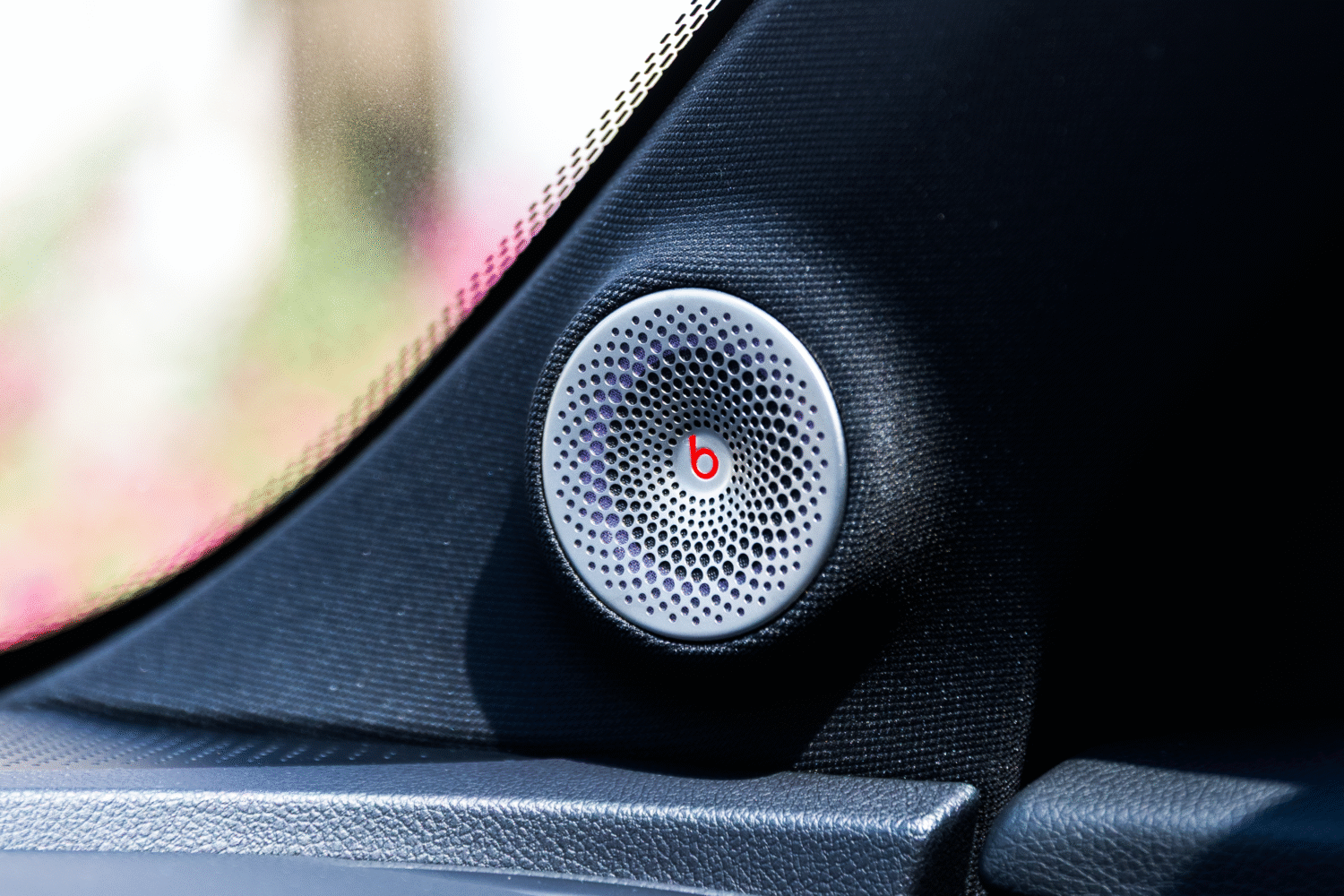
The Brabus version adds key upgrades like a Head-Up Display (HUD), which I absolutely loved for highway driving. It shows speed, lane assist visuals, and even navigation prompts right on the windshield letting me keep my eyes forward without distractions.
The 13-speaker Beats audio system is a real standout. Crisp highs, thumping lows, and excellent spatial balance. Whether I was blasting Arabic hip-hop or zoning out with chill synth, it sounded rich and immersive. You can tweak EQ settings through the touchscreen, and there’s even a “Brabus Sound Mode” that simulates an engine growl which comes across a little gimmicky, but oddly satisfying.
The cabin is also packed with USB-C ports, wireless phone charging, and native Apple CarPlay and Android Auto (wireless). Voice commands worked better than expected, especially for navigation or climate adjustments, though I found myself defaulting to Siri or Google for reliability.
Lighting-wise, the ambient LED system wraps the dashboard and doors, with customizable colors and animations. At night, the cabin feels like a nightclub on wheels.
Verdict
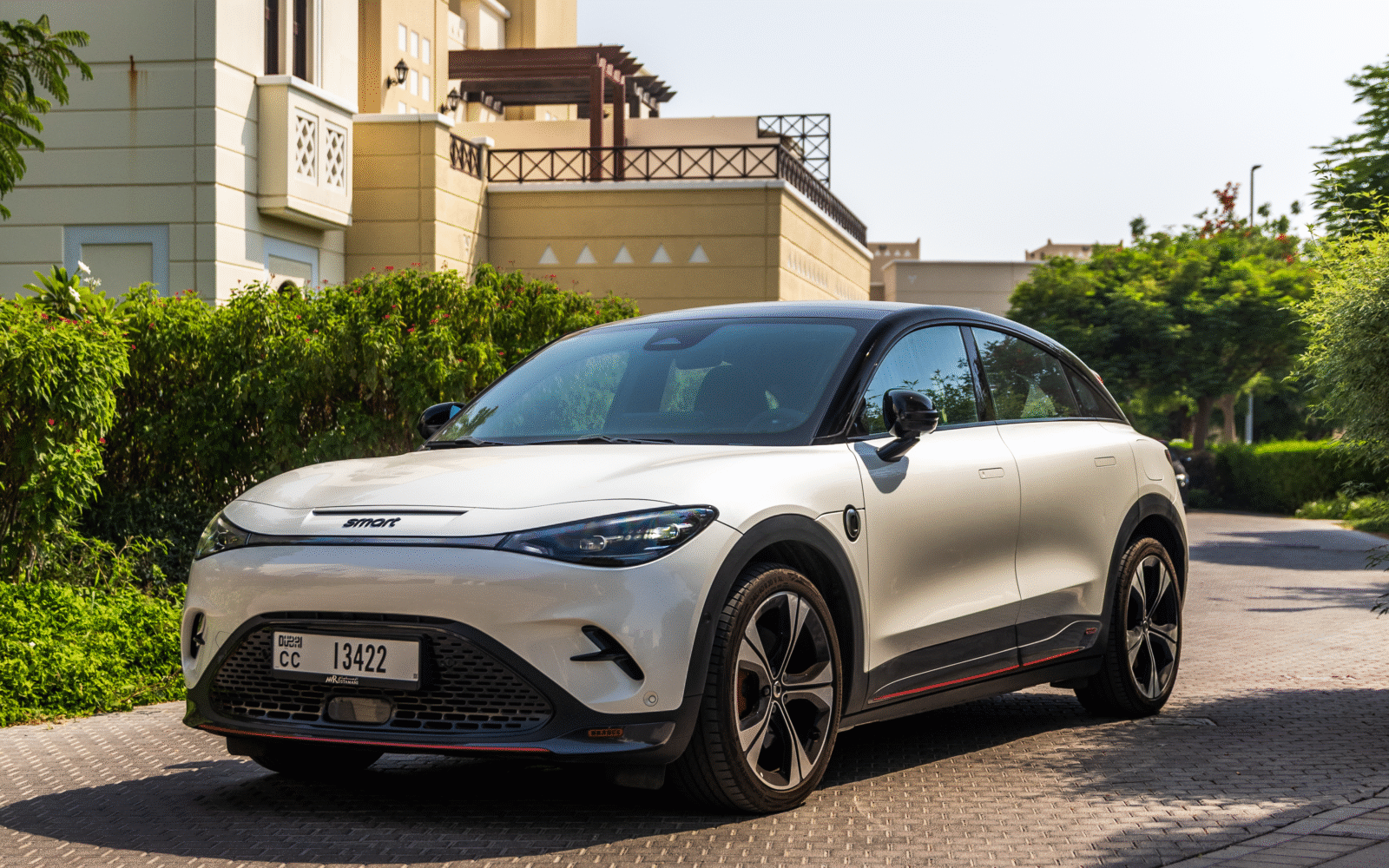
As a first-time EV driver, I expected to be glued to the range meter. But after three days of city commutes, and a few joyrides I still had over 15% battery left. I logged around 330 kms in total, and that’s without driving for efficiency. I charged it for a total time for 3 hours during this time on a slolw AC tesla charger in Dubai Hills Mall. We definitely do need more DC chargers and that comes down to seeing them more commonplace in public and residential apartment complexes and not just in villas and private homes.
In terms of cost, the smart #3 Brabus sits in a unique space in the UAE market. It’s priced between AED 201,900 and AED 217,900, depending on trim, wheels, and paint options and is available in the UAE, exclusively through AW Rostamani Group
That puts it above your average compact crossover, but well below performance EVs like the Tesla Model Y Performance (which crosses AED 260k).
For what you get, the Brabus-tuned acceleration, AWD, luxury-level cabin, and next-gen EV tech, it actually feels justified. Plus, the ownership costs are dramatically lower than ICE cars. No oil changes. No fuel bills. No engine service. And with public charging getting better across the UAE, you can run this car for pennies per kilometer.
If the smart #3 Brabus is any indication of what modern EVs can offer, then I’m sold. Completely. I expected compromise, maybe a lack of range, weak performance, or weird design. But instead, I got a car that’s faster than most hot hatches, more tech-loaded than my phone, and better looking than some crossovers twice the price.
It’s perfect for someone like me who is curious about EVs, The smart #3 Brabus didmore than just impress me and it made me rethink what a EV should be. And now I get it. EVs aren’t the future. They’re very much the present and all we need now is the infrastructure to catch up to the cars.

